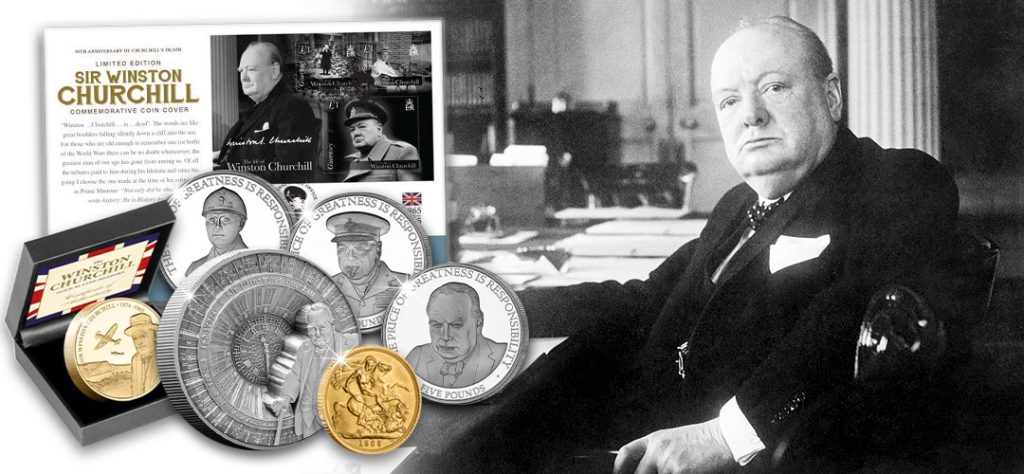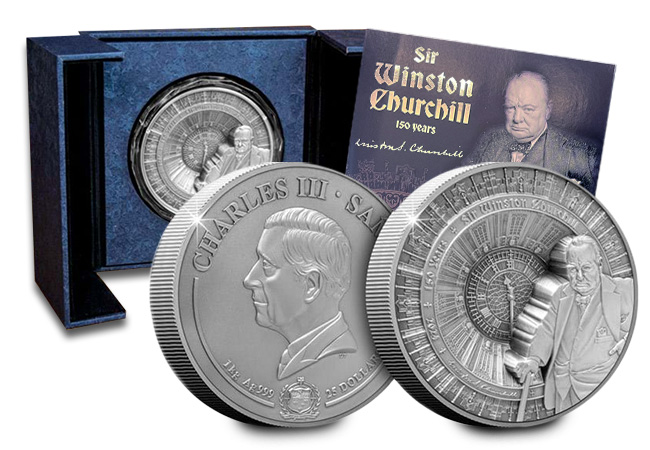British History
Celebrating National Winston Churchill Day
On April 9th, we mark National Winston Churchill Day, a moment to reflect on and celebrate one of the most iconic figures in British history.
Click here to see our range of collectables celebrating Sir Winston Churchill
Who Was Sir Winston Churchill?
Sir Winston Churchill was a British statesman and leader known for his role as Prime Minister during WWII, celebrated for his leadership, speeches, and contributions to British and global history.

Celebrate, Commemorate and Collect
To commemorate Sir Winston Churchill and his profound influence, we have an array of collectables available for all enthusiasts. Whether you’re a seasoned collector or new to the world of collecting, National Winston Churchill Day presents a perfect occasion to secure these commemorative pieces and celebrate arguably Britain’s greatest wartime leader.
Here are some of our top Sir Winston Churchill collectables.
BACK IN STOCK: The Complete Sir Winston Churchill £2 Coin Set
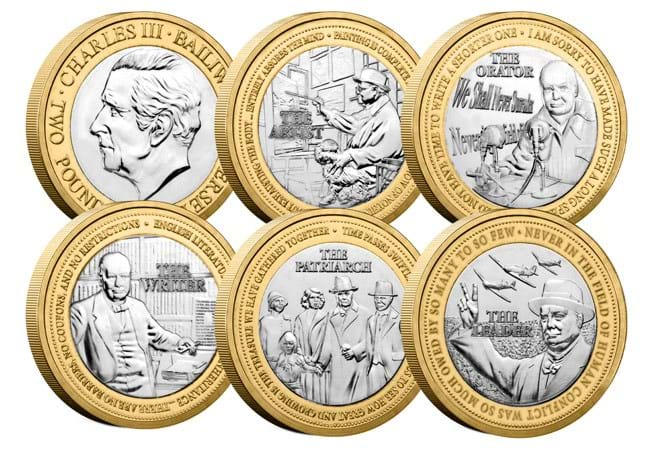
To mark 150 years since his birth, FIVE £2 Coins have been authorised for release by Buckingham Palace.
Often pictured wearing his iconic Top Hat, each design in this set fittingly pays tribute to a metaphorical “hat” that Churchill wore throughout his long and varied life – as Britain’s wartime leader, a notable speech maker, a Nobel Prize winning author, a passionate painter and the patriarch of his family…
The Spectacular Sir Winston Churchill 8-Layer Silver Kilo
This the spectacular Sir Winston Churchill 8-Layer Silver Kilo Coin.
Each piece has been painstakingly struck from ONE KILO of PURE SILVER to an Antique finish and a cutting edge layered technique has been applied that not only creates a three-dimensional effect but elevates each coin to a league of its own…
RARE 2024 Triple Specification Release: Winston Churchill Silver Proof Coin Set
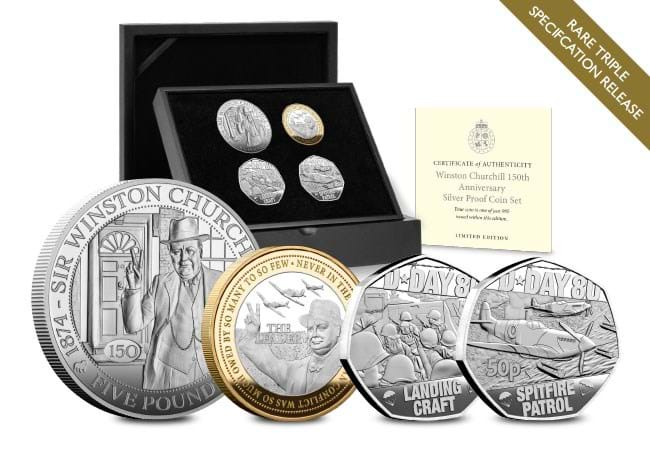
Introducing the Prestigious 2024 Triple Specification Coin Set which has become one of the most sought-after releases of the year…
A true testament to Churchill’s remarkable leadership, resilience and vision, the Ultimate 2024-dated Sir Winston Churchill Silver Proof Coin Collection brings together three sought-after coin specifications:
- 2024 Sir Winston Churchill Silver Proof £5 Coin – Depicts Churchill outside 10 Downing Street, raising his V for Victory sign, with an distinctive Bulldog mark struck on the outer rim.
- 2024 Sir Winston Churchill Silver Proof £2 Coin – This coin takes inspiration from the WWII poster Let Us Go Forward Together and features Churchill’s famous words – the ONLY way to own the £2 in a Silver Proof specification.
- TWO 2024 D-Day Landings Silver Proof 50p Coins – These coins pay tribute to the D-Day Landings and Churchill’s desire to see Britain and America forces fighting together, with designs highlighting the Spitfires and Landing Craft that helped secure Allied victory.
‘Portraits of a Leader’ Churchill 50th Anniversary Commemorative Coin Cover
*** LAST 19 REMAINING ***
Featuring an official British Isles Miniature Sheet depicting rare photographs of Churchill, the stamps are carefully hand-stamped with a one-day-only commemorative postmark dated 22nd January 2015 – the stamps’ First Day of Issue.
Encapsulated within the cover are three official British Isles £5 Proof Coins that feature finely engraved portraits of Churchill – in his official army uniform during WWI and WW2, and the centre coin shows a recognisable portrait of him as a politician with his trademark bow tie.
The Rare Piece of WWII History Few People Know About…


As we approach the 80th anniversary of D-Day in June 2024, enthusiasts and collectors alike are eagerly seeking out military commemoratives from the era.
Amidst the rush, there exists a rare gem that only a select few are aware of, let alone possess.
It is the Hawaii Overprint Emergency Banknote issued between 1942-1944, and The Westminster Collection have a handful available today – flown to the UK straight from Hawaii.
Read on to learn the fascinating story, what makes them so scarce, and how you can secure one.
USA – World War Two
During the tumultuous years of World War II, the United States government found itself in a precarious position following the devastating attack on Pearl Harbor.
With deep concerns looming over the possibility of a full-scale invasion of Hawaii by Japan, urgent measures were needed to safeguard the American economy from potential exploitation.
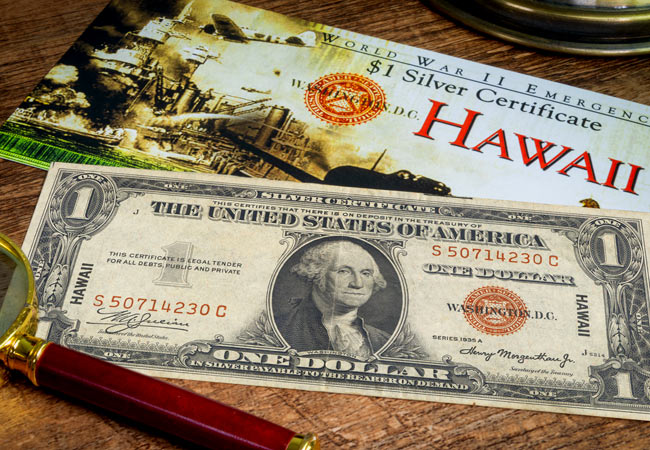
To counter this threat, the US government took swift action, issuing emergency banknotes specifically for use in Hawaii. These $1 Silver certificates bore distinct markings, featuring a brown seal and prominent “HAWAII” overprints on both the front and back.
This unique design served a crucial purpose: in the event the notes were seized by enemy forces, they could be repudiated, rendering them worthless thus spoiling attempts at economic sabotage.
A Rare Piece of Military History
Issued only for two years between 1942 and 1944, these emergency banknotes are exceptionally rare, with very few surviving examples still in existence today.
Their scarcity means they rarely make appearances on the secondary market, making them highly sought-after among collectors and historians alike.
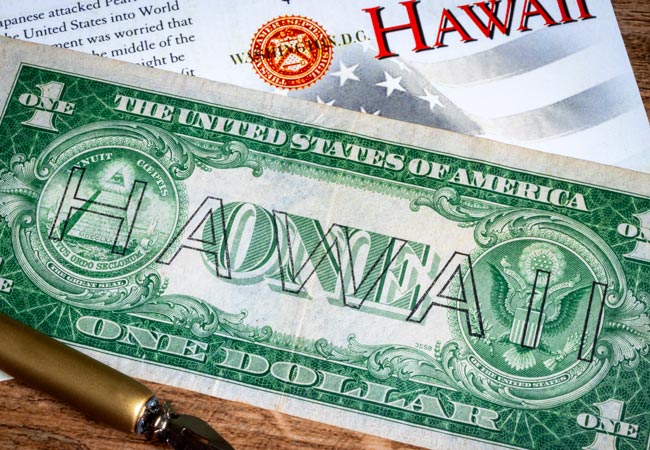
Less than 25 Available
Here at The Westminster Collection, we have managed to secure a limited number of these extraordinary artefacts.
In fact, there are less than 25 available for collectors in the UK, travelling all the way over from the States.
This represents a rare opportunity to own a piece of history that encapsulates the resilience and ingenuity of a nation during one of its darkest hours.
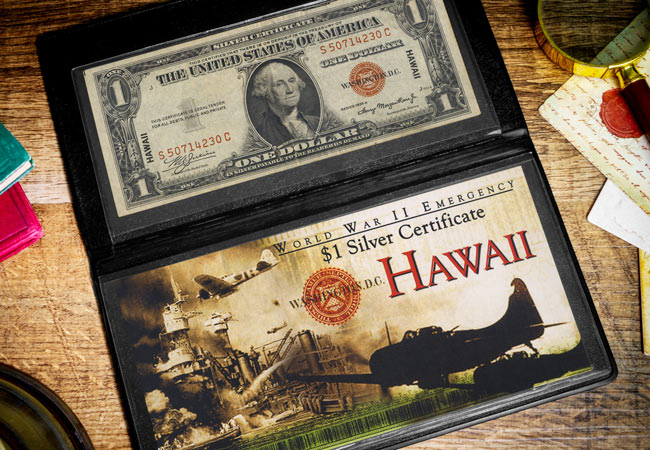
How to Secure Yours…
These WWII emergency banknotes offer a tangible connection to the past, serving as a poignant reminder of the unwavering spirit that prevailed during a time of global upheaval.
Don’t miss your chance to own a piece of this remarkable history.
Blazing Trails: NEW 50p Coins released to honour the history of Britain’s Fire Service
200 years ago, Britain’s First Municipal Fire Service was established following the Great Fire of Edinburgh in 1824. And to share the story of two centuries of bravery and innovation in firefighting, FIVE BRAND NEW 50p coins have been authorised for release by His Majesty the King.
The History of the Fire Service 50p Coin Set
Watch below to find out more about the 50ps that are sure to blaze their own trail…
View the coins below and all the information you’ll need to order your favourites.
ONLY 750 AUTHORISED: The History of the Fire Service BU Colour 50p Set
The Brilliant Uncirculated Colour specification is fast becoming a collector favourite – and today you can become one of JUST 750 collectors in the world to own the Fire Engine 50ps struck to this popular specification.
Click here to own the BU Colour 50p Set >>
JUST £37.50: Own ALL FIVE Fire Engine 50ps Now
Or you can opt to secure ALL FIVE BRAND NEW 50p coins in Brilliant Uncirculated quality for JUST £37.50. But considering the popularity of recent UK NHS 50p and RNLI 50p releases – which also honour our nation’s unsung heroes – these will be in high demand.
Click here to secure the BU 50p Set for JUST £37.50 (+p&p) >>
The Most Detailed Specification – The Fire Engines Silver Proof 50p Set
Struck from Sterling Silver and hand-polished to a Proof finish with a painstaking colour application, this detailed specification brings each design to life. A strict worldwide edition limit of ONLY 500 has been set, so demand will outweigh availability.
Click here to reserve your Silver Proof 50p Set while stocks last >>

